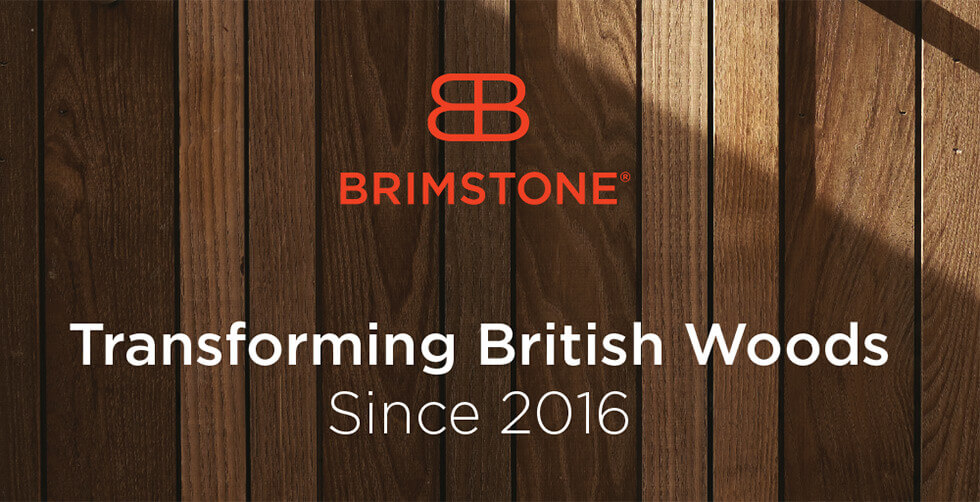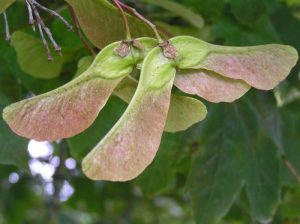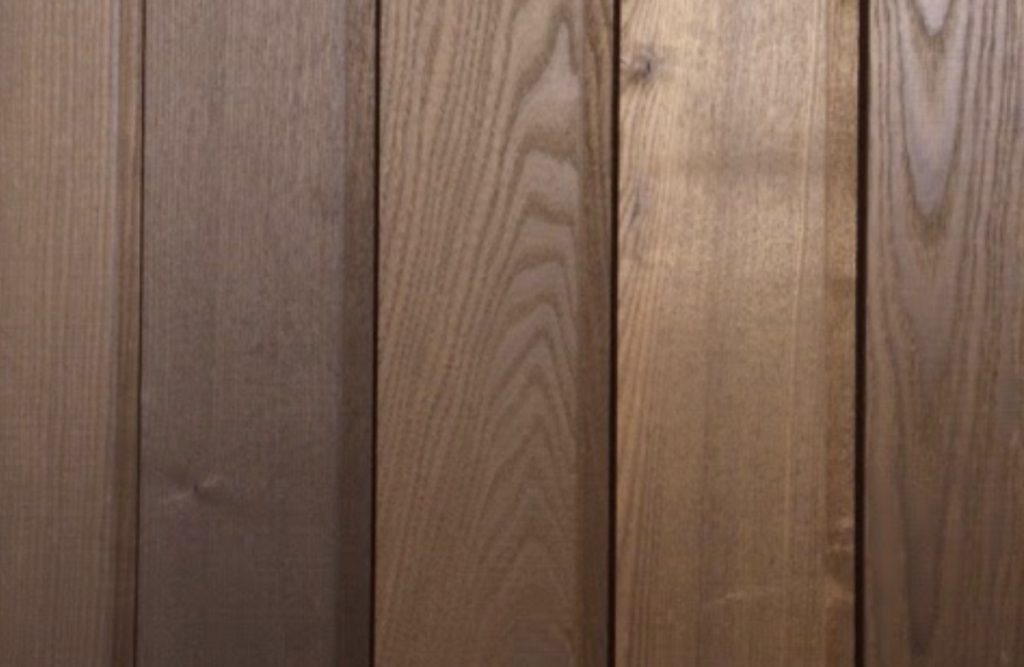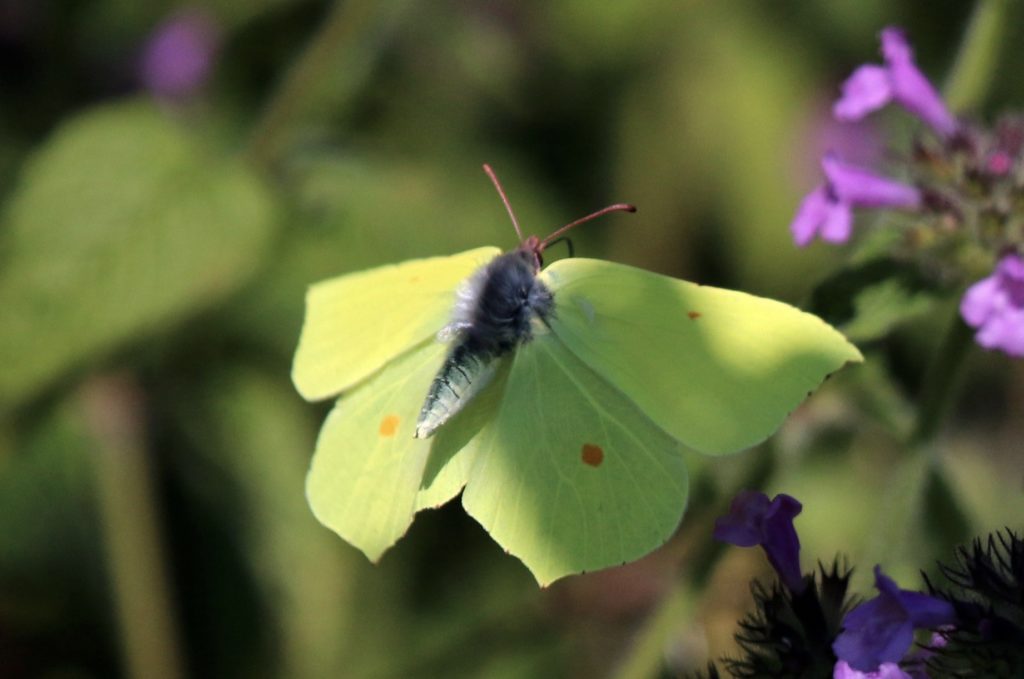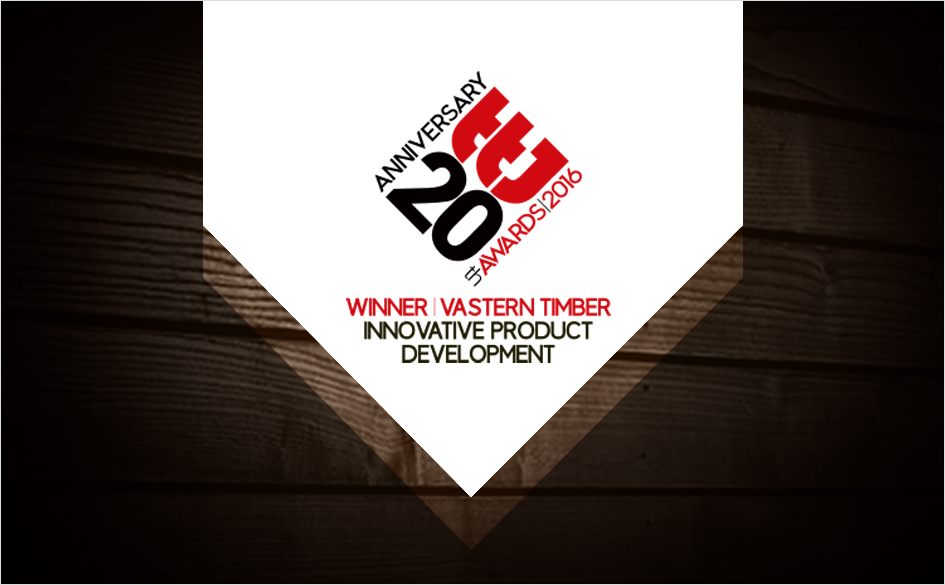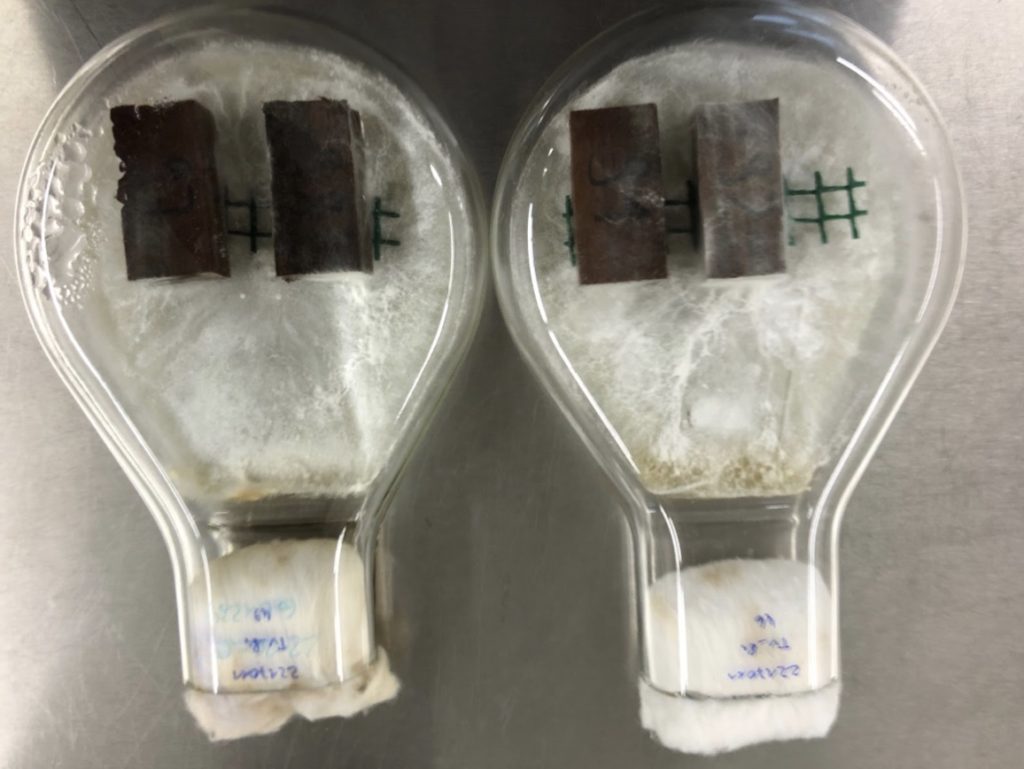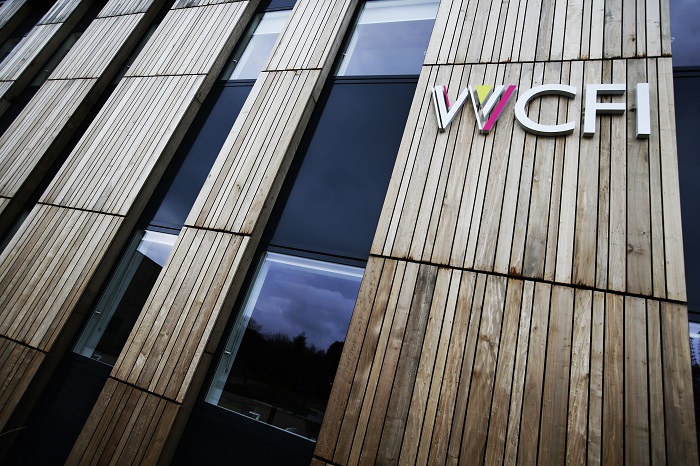March 4, 2021
Five years of success for Brimstone
Brimstone: the first British grown thermally modified timber
Five years ago, we launched Brimstone, the first thermally-modified timber (TMT) made from British grown hardwoods. Since then it’s been chosen for many spectacular projects, including stunning homes and impressive commercial developments.
Tom Barnes, MD of Vastern Timber said “We’re proud to have developed a successful product that utilises home grown timber, and a non-toxic thermal modification process that transforms this timber into a durable cladding that can withstand the British weather. By using more timber grown in Britain we can help to keep our woodlands thriving. We’re increasing the demand for native hardwoods and supporting sustainable management of broadleaf woodlands, which helps to support our woodlands, and it reduces the environmental impact of importing timber from overseas. We’re hoping for many more years of growth and success for Brimstone and British woods.”
A few of our favourite projects
It’s hard to pick favourites, but here are a few that we particularly enjoyed being involved with. These buildings range from historic to contemporary and affordable to high-end.
Endeavour: a “Grand Design” for a stunning new build home
Much Wenlock: affordable homes built to Passivhaus standards using local materials
The Wood Centre for Innovation: Science park and business centre
Lagom: A dream home by the sea, which was shortlisted for the Structural Timber awards 2020.
We’re very, very proud of Brimstone. Here’s the story behind it:
2014: A seed of an idea
The concept behind Brimstone originated in 2014, at a meeting hosted by Grown in Britain where Vastern Timber, BRE, Timber Strategies and others came together to discuss potential solutions to the poor state of native broadleaf woodlands.
The demise of the UK furniture trade had left most native hardwood species, including sycamore, ash, beech and poplar out of fashion and out of demand. As a result there was little incentive for landowners to manage the woodlands.
The consensus was that the best way to get woodlands back into management was to stimulate demand for the wood growing within them.
The concept of modifying wood to change its structure and improve its performance emerged, and Dr Ed Suttie of BRE was asked to produce a feasibility report into the modification of British timber. That report, published in 2014, favoured thermal modification as the most flexible and cost effective method to transform the wood.
2015: Developing TMT for British grown wood
Following the BRE report we at Vastern Timber decided to take the initiative. Thermal modification technology had been developed and perfected in Scandinavia since the 1960’s and many countries were already applying the technology to hardwoods including ash. A lot of data already existed demonstrating the superior durability and stability of thermally modified wood. There was very little left to prove, we just had to find a way to modify the wood.
As luck would have it a French company had recently built a large thermal modification plant and had extra capacity. Not really knowing what to expect we produced some ash planks and sent them over to be modified. Back came some dark brown wood with a smoky smell.
What do we call it?
Towards the end of 2015 we had a ‘thermally modified British hardwood’ to take to market, but this didn’t seem like the most catchy of product names so we set about creating a brand name. We wanted something that would set it apart from other imported versions and hopefully capture people’s imagination. Out of a selection of names we settled on the name ‘Brimstone’, the name of a butterfly that lives in English woodlands, and conjures up ‘thermal’ images of fire and brimstone.
The Common Brimstone butterfly: Wikimedia image
2015: GIB certification
As Brimstone is British grown wood and will be used in British buildings, we thought that it was only right that it should be accredited by the only British third party certification body.
In the same way that FSC and PEFC certify good forest management around the world, so GIB does so in the UK. GIB certification assures those using the wood that it has come from a well managed wood in Great Britain.
We were proud to be one of the first companies to receive the GIB chain of custody certification.
2016: Brimstone launched at EcoBuild show
In 2016, we officially launched Brimstone the EcoBuild show in London. Billed as the first thermally modified British hardwood we focused on the sustainability credentials of using locally grown wood for local building projects.
An award-winning innovation
Brimstone won the TTJ timber innovation award in 2016.
2017: Testing testing
Although a lot of test data exists for thermally modified wood we felt that it was important to have Brimstone tested independently. To this end we sent our thermally modified ash, poplar and sycamore to EPH in Germany, a lab with many years of experience of testing modified timber products.
The three types were tested for a range of physical properties including strength and stability as well as for durability, the test that determines how quickly fungus will eat the wood when left outside.
As expected the tests showed that the thermal modification process results in some loss of strength.
Brimstone ash and poplar results
2018: Forestry Commission support, and the Wood Centre for Innovation
We were granted £50,000 by the Forestry Commission to build a ‘weathering station’ for Brimstone, which we use to show how the material responds to the great British weather.
https://www.vastern.co.uk/news/see-how-well-wood-weathers-at-our-weathering-station/
Also in 2018, Brimstone poplar was chosen to clad the The Wood Centre for Innovation in Oxford. This was the biggest project to date using Brimstone, and a great showcase for locally grown, thermally modified timber.
2019: Brimstone Environmental Protection Declaration
We published a detailed life cycle analysis of the environmental impact of producing Brimstone, from ‘cradle to grave’. This was an extensive process, and we published lots of supplemental information to help architects and specifiers make sense of the numbers.
https://www.vastern.co.uk/news/brimstone-epd-updates-and-key-information/
2020: The Sylva Centre
The Sylva Foundation aims to help people and trees grow together, and at the Sylva Centre they host a wide range of educational activities and enterprises. In 2020, despite the pandemic and lockdown, the centre completed work to renovate a large Grain Store, which has become a centre for woodworking business and training. This huge building was being clad with over 100 square metres of Brimstone cladding.
2021: Watch this space
In 2021, we are planning exciting projects to expand our capacity to produce Brimstone, and to further reduce the environmental costs of production.
https://www.brimstonewood.co.uk/
Get in touch if you’d like to find out more.


